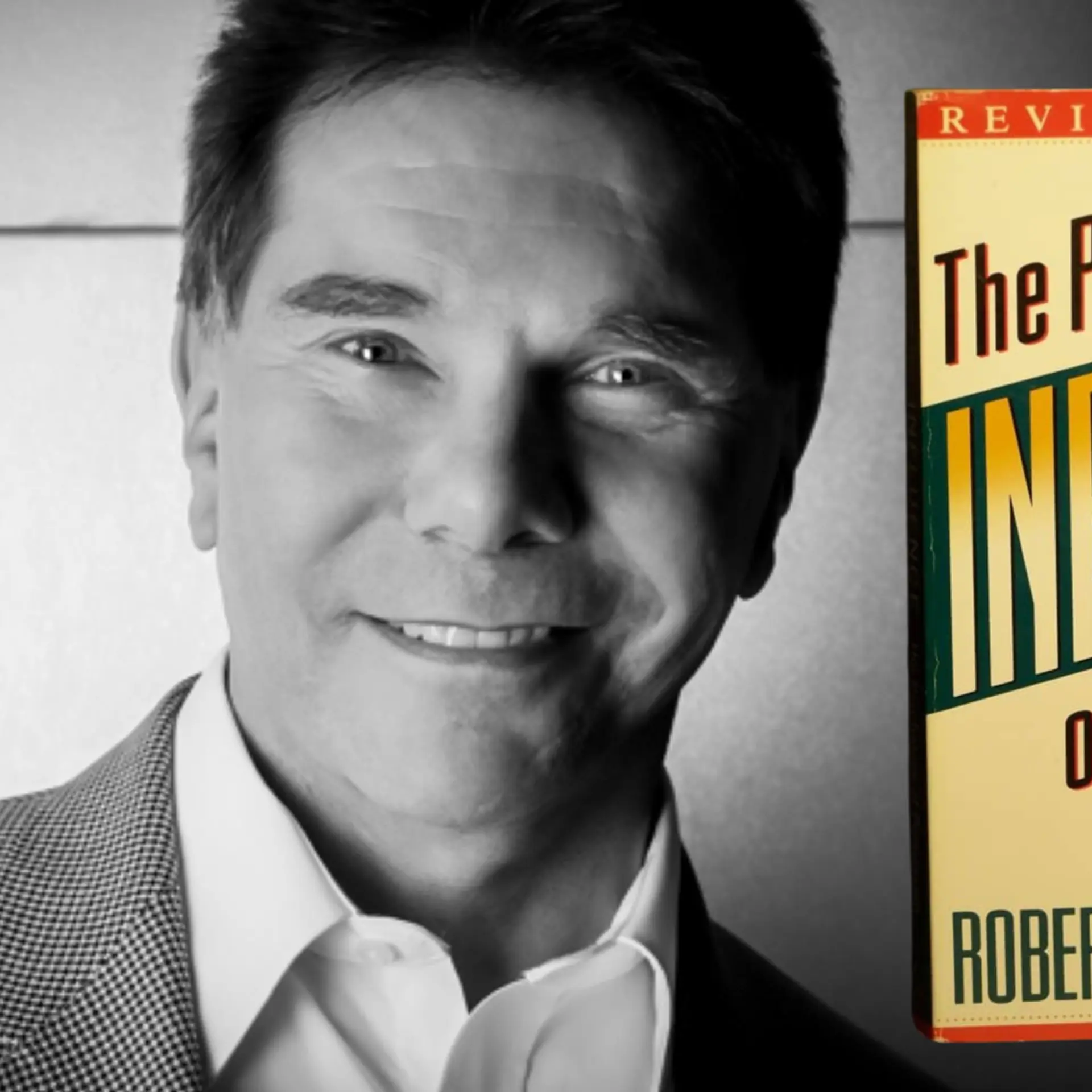For a smarter future: how 75F is leveraging IoT to make buildings energy efficient in India
US-headquartered 75F optimises energy efficiency and controls the indoor air quality and lighting systems to drive comfort in a commercial building.
Smart buildings are an essential component of achieving smart city goals. The data collected and insights gained by intelligent building technologies can lead to reduced energy consumption, better value for owners as well as occupants, and facilitate progress towards sustainability. And taking an innovative approach to smart buildings is US-headquartered 75F, which launched India operations in 2016.
75F’s Building Intelligence System optimises energy efficiency and proactively controls the heating, ventilation, and air conditioning (HVAC); indoor air quality (IAQ); and lighting systems of a commercial building with inputs from sensors, weather data, occupant preferences, and predictive algorithms.
It offers a self-learning and intuitive solution that improves a commercial building’s Operational Efficiency and Occupant Experience, or (OE)2.

75F Smart Damper installed on-site
Also read: Buildings are a lot more than just bricks and mortar: Facilio Co-founder Prabhu Ramachandran
The company claims implementation of this system saves 50 percent energy, and leads to enhanced occupant comfort and productivity, better indoor air quality, controlled automation, predictive maintenance, extended equipment lifecycles, and remote management capabilities.
The genesis of the company was inspired by a personal experience of Deepinder Singh, the Founder of 75F. After Deepinder’s one-year-old daughter moved to a separate room in their house in Minnesota, US, she would often wake up crying in the middle of the night. He soon discovered this was because her room temperature was more than 100F cooler than the other rooms -- a significant difference in Minnesota, where the outside temperature could fall to -300 Celsius.
This was because the thermostat in the master bedroom did not take into account the temperature differences in all parts of the house. To fix this problem, Deepinder worked on algorithms that incorporated temperature variances and thermal loads in different parts of buildings, and in 2012, 75F was born.
The Indian energy efficiency market
Having operated in the B2B space (commercial buildings) in the US, India was the next choice for 75F, which was looking to expand operations internationally.
According to Gaurav Burman, VP and APAC Head, 75F, there are a few ways in which the Indian market stands out. India is a promising market with low penetration of Building Automation & Control Systems (BACS). With booming industrialisation, improved quality of life, and growing awareness about the advantages of BACS, the Indian BACS market is estimated to grow at CAGR of over 18 percent during 2016 - 2021.
The demand-supply gap for electricity is increasing and excess greenhouse gas emissions are driving the growth of smart building solutions in the Indian market. When existing buildings are taken into consideration, along with the openness of customers to retrofit, and the fact that very few players are addressing that segment, the market attractiveness becomes even higher.
India also has very different HVAC needs. Since outside temperatures are invariably warmer, there is a greater dependence on chilled water units to provide the right temperature. If 75F’s solution could be customised for India while retaining the core value proposition, it would be a simple step to extend to other, more easily accessible markets in Asia such as Singapore, the Middle East, Japan, etc.
Gaurav notes, “We already had an existing robust R&D centre here in India. This led to greater synergies and faster time-to-market for the India commercial business”.

75F team in Bangalore office
Also read: Minion Labs offers a new way to optimise energy savings for your appliance
What sets 75F apart?
75F operates in the confluence of Cloud Computing and Internet of Things (IoT), and it is the pervasiveness of these technologies that drives 75F. Using sensors spread across a building, millions of data points are collected, which are then analysed to draw intelligent insights. From this data, 75F is able to predict how a building is going to behave in conjunction with factors such as weather forecasts, the angle of the sun, etc., and determine the optimal control strategy in advance.

75F offers a vertically integrated suite of Hardware (IoT sensors, equipment controllers, wireless gateways), Software, Data Analytics and User Interface (cloud and mobile app)s – to proactively save energy, optimise operational efficiencies and improve occupant experience.
The company claims its journey with its customers starts from before the purchase of its product, to build a clear understanding of the unique needs and behaviour of buildings. For this, the company undertakes a comprehensive site survey assessing existing problems related to thermal, light, and air quality in the indoor environment, current energy-consumption patterns, etc. Based on the findings of the survey, the company identifies the corresponding 75F application solutions suiting requirements of building occupants, as well as owners and operators.
According to Gaurav, “Being retrofit friendly, installation hardly disrupts the regular functioning of the building occupants.”
Moreover, 75F provides complete training for the correct installation and use of their solution to the clients’ facilities team, before handing it over. This ensures fast and accurate installation and deployment - from product design with wireless, Bluetooth device pairing and intuitive no-programming-required configuration to instructional videos, an online support portal, and phone-based support.
Its portfolio also includes innovative solutions such as Advanced Lighting Automation and Control, Outdoor Air Optimisation, Indoor Air Quality Management, and Facilisight, a futuristic energy management tool with a dynamic UI, among others. Facilisight’s suite of web and mobile apps allow customers to manage temperature and lighting in their buildings remotely and round the clock from anywhere using a smartphone, tablet, or laptop.
Gaurav adds, “We strive to provide smart systems that are both easy to deploy and easy to use, thus giving building owners and facility managers unique insights into how their buildings are performing in real-time, while giving them the power to manage and optimise their building resources remotely from anywhere in the world.”
Future plans
Globally, buildings are responsible for up to 30 percent of all energy-related greenhouse gas emissions. Gaurav states,
“Our hope is to make more and more buildings in India and worldwide energy efficient, smart, and connected through IoT. Additionally, we want to empower people to work better and fulfil their desire for comfort. We are proud that our solution, which can contribute up to 38 LEEDv4 credits, is helping to build a more sustainable world."
The company currently manages more than 1.2 million square feet area in India, and some of its prominent clients include brands like Firstsource Solutions, Flipkart, Bennett-Coleman Group, L&T Infotech, Mercedes Benz, and many more. It is now looking at more avenues and profitable business verticals such as small and medium-sized enterprises (SMEs), banking, financial services and insurance (BFSI), co-working spaces, and retail.

The 75F Occupant App gives users control of zone temperature and lighting
Gaurav says, “Newer technologies such as 75F lead to much higher levels of deployment in retrofits or brownfield projects. This is in addition to new building deployments, which presents an enormous opportunity with the Indian economy looking robust for the medium-term growth.”
Factors like climate change, increasing air pollution, and changing preferences of millennial employees in India has made it an ideal time to redefine things. Gaurav adds “75F is well-placed to take care of this unfulfilled need. Our aim is to make a difference to the world by solving the growing challenge of energy wastage and thereby paving the way to year-long savings and a comfortable work environment.”
(75F is one of the 10 entrepreneurs participating in TheCityFix Labs accelerator programme.)
The authors - Tanuka Mukherjee (@TanukaMJ) is part of WRI India’s communications team, and Monica Jain is part of the Integrated Urban Planning programme, WRI India Ross Center, and supports TheCityFix Labs accelerator initiative.
Also read: How Ather Energy used MATLAB to simulate tests and put its bikes on the road






